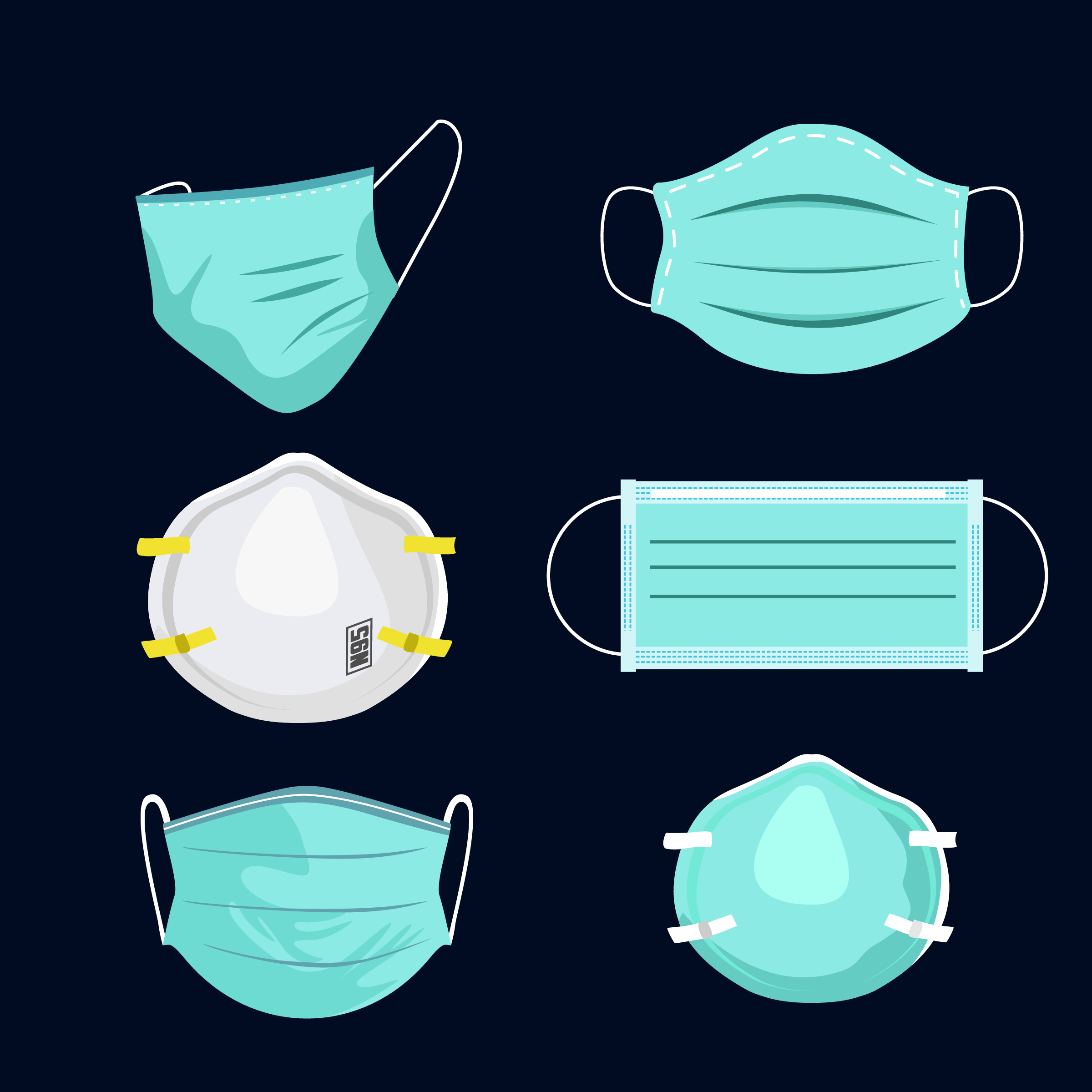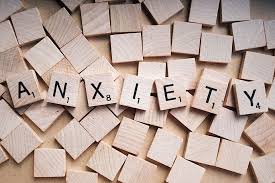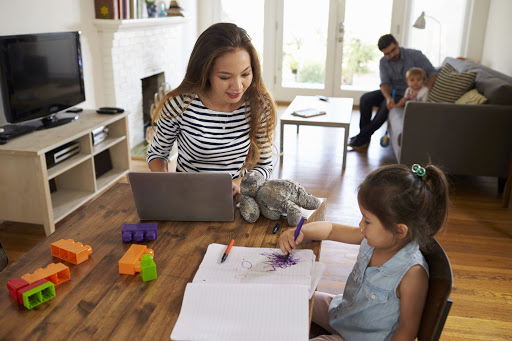A neuropsychological evaluation, also called neuropsychological testing, is an in-depth assessment of abilities, skills, and behavior for the purpose of diagnosis and to guide treatment. It might conjure up images of patients on gurneys with wires attached to their heads and doctors hovering nearby, that couldn’t be further from reality!
Neuropsychology looks at the relationship between the brain and behavior. At its core, the goal of assessment is to identify individual strengths and weaknesses. Both standardized tests and behavioral observation are used to measure what is happening with the client. When children and adolescents go for neuropsychological testing, clinicians collect data about the school and home environment. They also provide questionnaires for both parents and teachers. Then the testing data, parent and teacher reports, and behavioral observations are all put together to paint a picture of how the individual is functioning.
The evaluation measures such areas as cognitive functioning, academic skills, attention, problem solving, memory, language, executive functions, visual-spatial skills, adaptive behavior, and social-emotional functioning. This evaluation is different from tests included in a neurological evaluation (e.g., EEG) or neuroimaging (e.g., CT or MRI scan).
Who performs a neuropsychological evaluation?
A licensed clinical psychologist who has been formally trained in neuropsychology. Psychologists are experts in the diagnosis and treatment of mental health concerns. They are required to complete intensive coursework in diagnostic assessment and testing when obtaining their doctoral degree (PhD or PsyD), and many of us have sought postdoctoral training in assessment as well.
Some practices work with bachelor’s or master’s level technicians who administer and score tests, while the supervising psychologist selects the tests that are administered, interprets the findings, and writes the report. Our practice finds tremendous value in the first-hand knowledge we gain from working one-on-one with a child and having a psychologist complete all aspects of the evaluation personally. Not only does it deepen our understanding of your child and our confidence in any resulting diagnosis, it also allows us to give more specific treatment recommendations.
Does my child need a Neuropsychological Evaluation?
So, does your child truly need neuropsychological testing, or are you over-amplifying the situation in your own mind? That’s the question so many parents grapple with.
One way to make the decision is to ask yourself: “Is there a persistent problem? Is my child not learning as well as they previously were or as well as peers? Not getting good grades or has there been a change in performance? Having trouble making and keeping friends? Is the teacher making comments about attention or behavior? Is my child overly shy or aggressive?” Answering YES to one of these questions may suggest your child would benefit from a neuropsychological evaluation.
Additional common behaviors that lead parents to neuropsychological testing are:
- Inability to sustain attention
- Anxiety/fear or reluctance to engage in developmentally appropriate activities
- Atypical social behaviors/inability to establish peer friendships in a manner expected for age
- Slow acquisition of academic skills
- Obviously bright but inconsistently performing or under-performing academically
Some parents also come to us with a prior diagnosis, but they are interested in knowing if their child is benefitting from the interventions they’ve received, or they need more knowledge about how their child is currently impacted in order to advocate for accommodations/services. We receive referrals from families, schools, psychiatrists, and pediatricians.
Can a school provide the same evaluation as psychologist?
School assessments are usually performed to determine whether a child qualifies for special education programs or therapies. Schools cannot provide a diagnosis. While many of the same tests are given in school and clinical settings, there are likely to be differences in the way that the tests are interpreted. It is rare for school evaluations to include measures of memory, attention/concentration, executive functioning, and other neuropsychological skills. Further, at Rose Assessment & Therapy Center, our approach to assessment gives us a luxury of time with each child. We prioritize quality assessment, and we pride ourselves on providing families with comprehensive information that is very specific to their child and concerns. Your child is our focus! We devote a great deal of time to each child.
What can I expect testing to tell me about my child?
Unlike screening measures like you might get at your pediatrician’s office (e.g., a rating scale that asks whether you see certain symptoms and takes less than 5 minutes to complete), psychological tests give us an in-depth understanding of your child’s areas of strength and challenge. They are standardized, meaning they are given in the same manner to all individuals, and they have established validity and reliability (so we are confident in the findings!). An individual’s scores on tests are interpreted by comparing their score to a normative sample of individuals (i.e., children of similar age, education, gender, etc.) and to expected levels of functioning. Although individual scores are important, the psychologist looks at all the data from the evaluation to determine a pattern of strengths and weaknesses.
The testing results help those involved in your child’s care in several ways. Testing can explain why your child is having school problems. For example, a child may have difficulty reading because of an attention problem, a language disorder, or a reading disability. Additionally, different childhood disorders result in specific patterns of strengths and weaknesses. These profiles of abilities can help identify the origin of a child’s difficulties. For example, testing can help differentiate between an attention deficit and anxiety or determine whether a language delay is due to a problem in producing speech, understanding or expressing language, social shyness, autism, or cognitive delay. These are just a few examples. Most importantly, testing guides the psychologist’s design of interventions. Results identify what skills need further development and what strategies can be helpful. Testing also provides guidance to teachers, therapists, and other professionals to better understand how to help your child reach his or her potential.
Next Steps:
Give us a call or send an email! We will happily walk you through the testing process. Typically:
- The testing process starts with a one-hour, adults only initial consultation. Parents complete a lengthy developmental history questionnaire that guides the psychologist in gathering additional information. During the consultation, the psychologist will be working to develop the testing battery that best fits your child’s needs. Additionally, this meeting allows you to get to know the psychologist and make sure they seem like the right “fit” for your child.
- If it’s determined that testing is warranted, we will offer testing dates (please note we do not assume everyone needs comprehensive assessment – we’ll be honest with you if it seems like your questions or concerns are better answered through another avenue!). You can expect testing to take about 6 hours, divided over two mornings. Testing occurs on particular days from 9am-12pm. We will provide a school excuse note if your child is missing school. Sometimes parents worry beforehand about their child’s effort and/or engagement in testing, but rest assured we are experienced at simultaneously getting good data and making it a positive experience for children!
- About two weeks after testing, parents come in for a 90-minute (adults only) feedback session. During this time, we will present the data collected, discuss diagnoses if there are any, and most importantly provide recommendations for intervention.
- About one week after the feedback session parents receive the final written report. This report is your property; we will not provide it to anyone without your written consent.
You can also find additional information on our website: https://www.rosetherapycenter.com/evaluations-2/. Neuropsychological assessment can be a powerful tool for understanding and advocating for your child. Reach out if we can be of help!
Contact Information:
Dr. Rose: 972-999-6490 or drrose@rosetherapycenter.com
Dr. Wurster: 972-827-6023 or drwurster@rosetherapycenter.com






